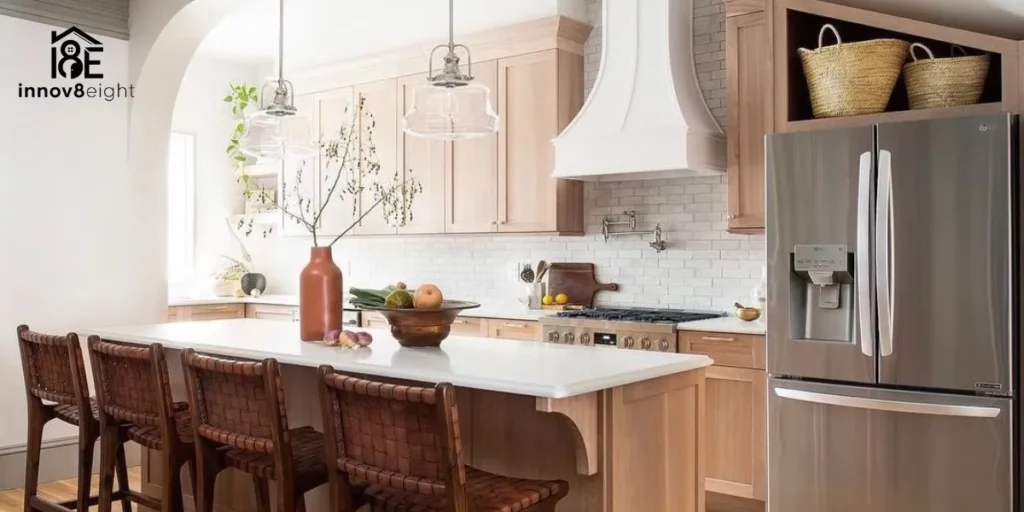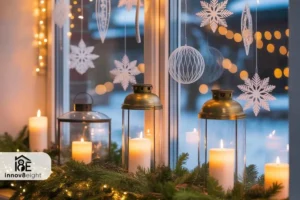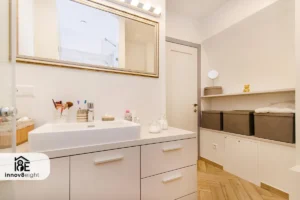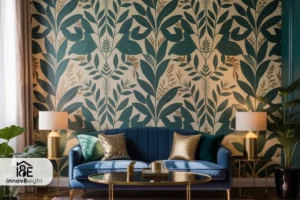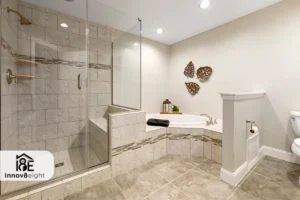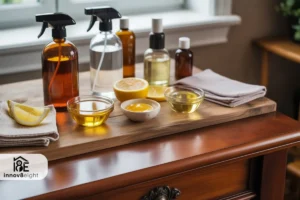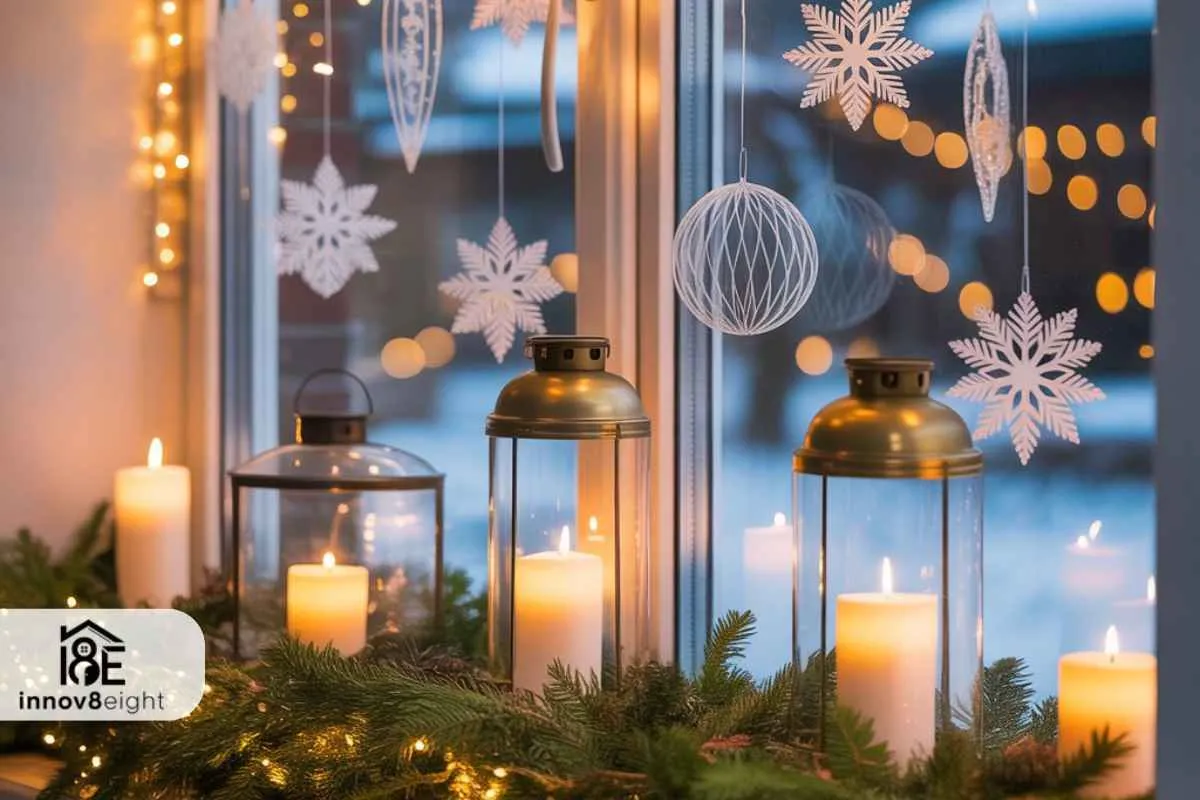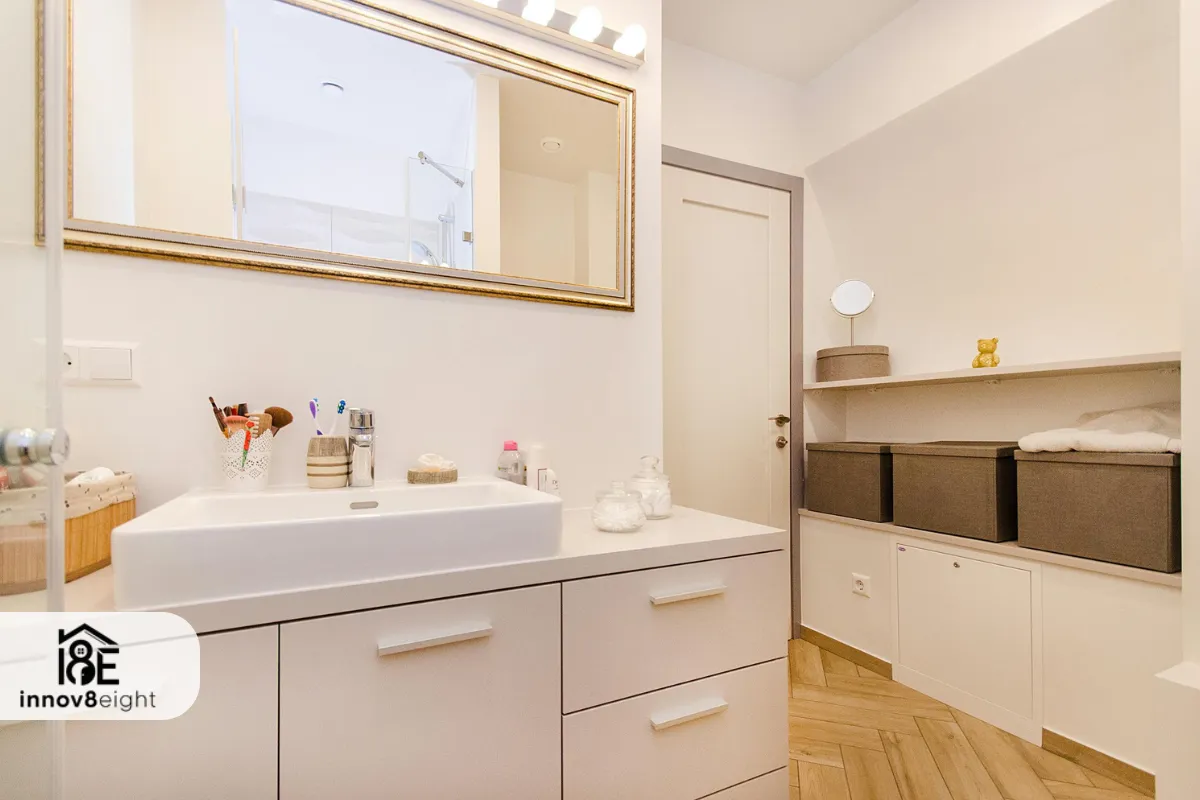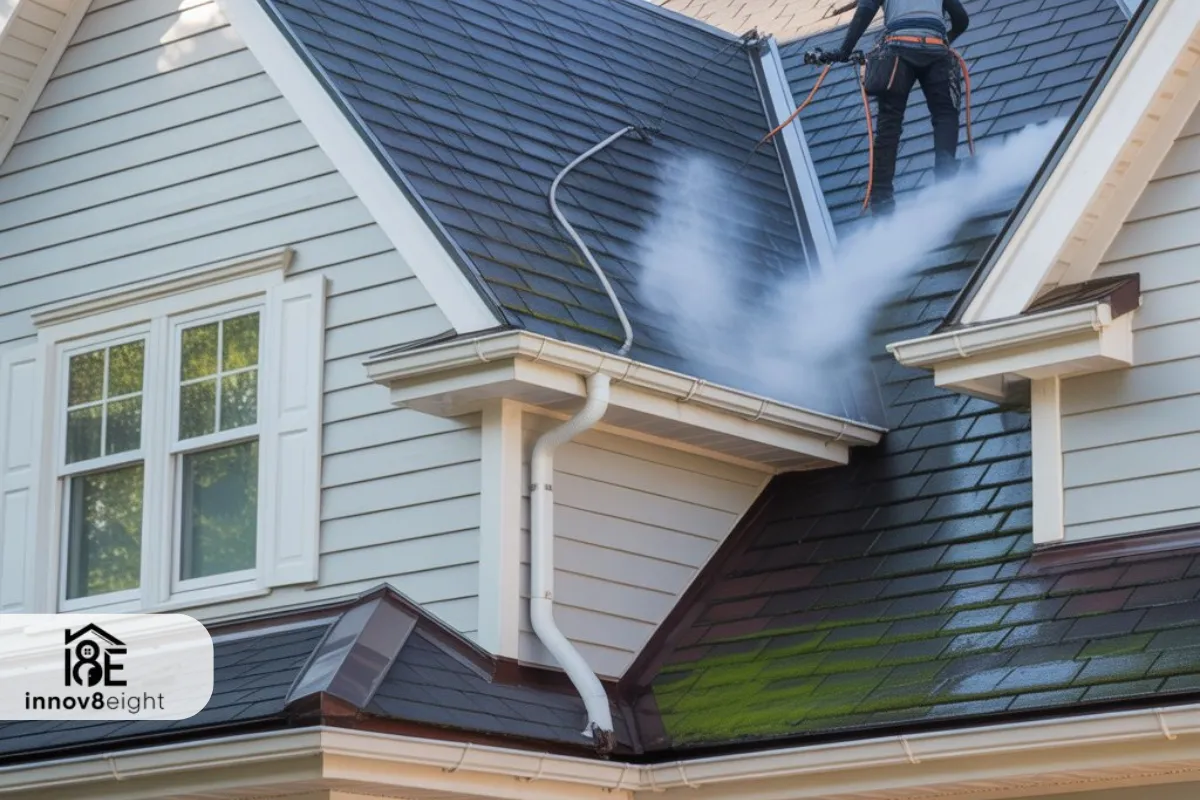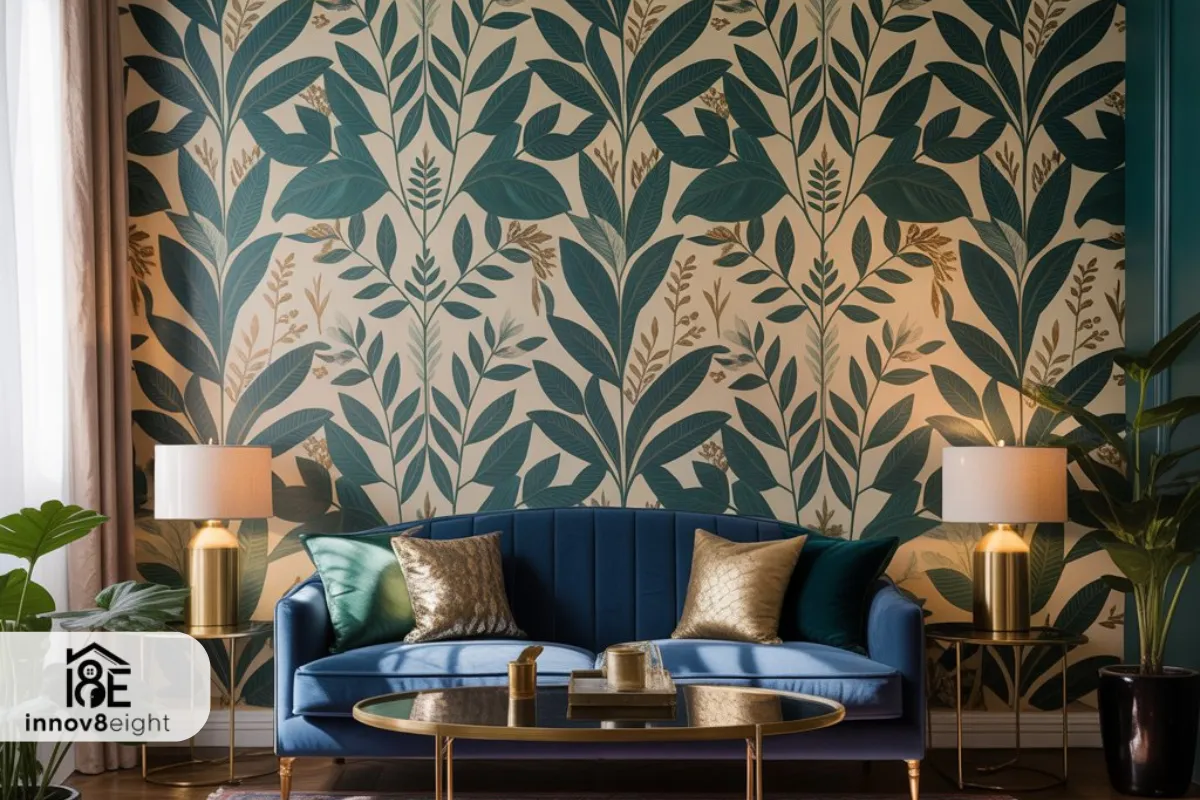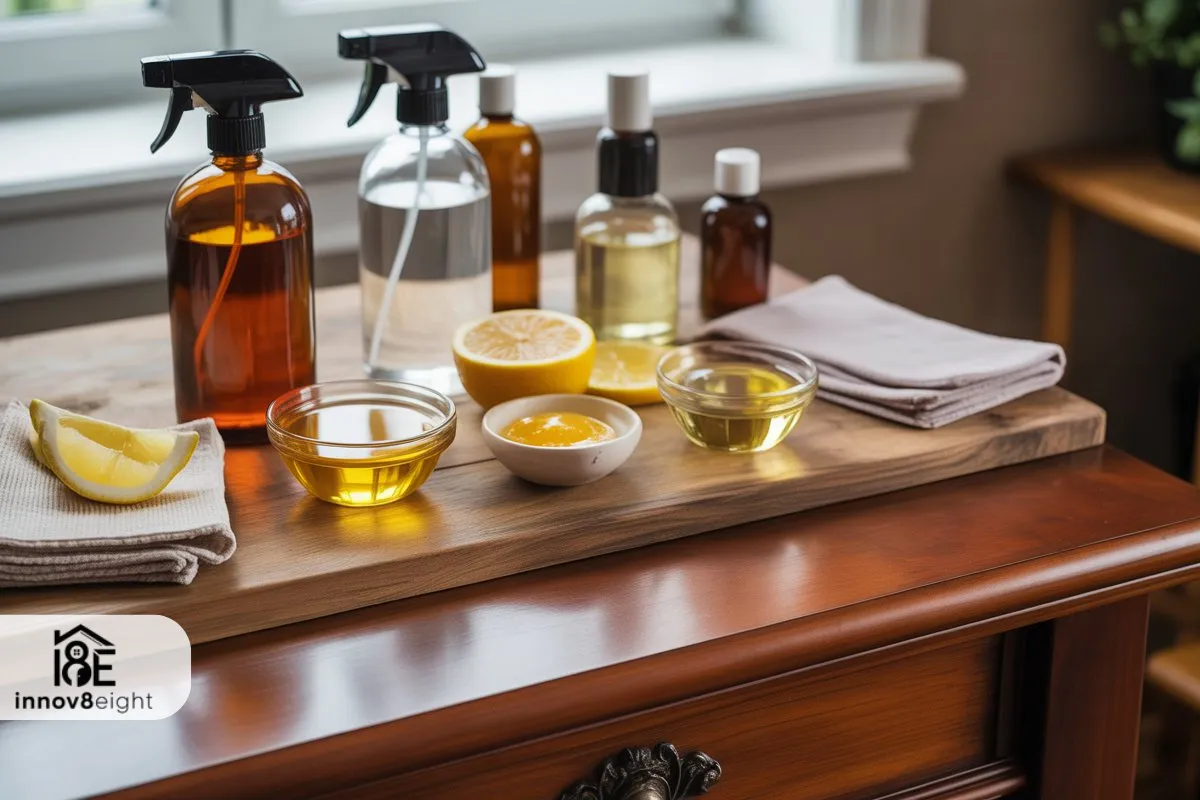Designing a kitchen with natural hickory cabinets and black countertops offers a stunning blend of rustic charm and modern sophistication. But one critical decision can make or break the final look: choosing the right wall color. While the wood grain of hickory brings warmth and variation, and black countertops add a bold, grounding presence, the wall color serves as the visual bridge between the two. Pick the wrong tone, and your kitchen might feel disjointed or dull—but choose wisely, and you’ll create a cohesive, inviting space that wows.
The challenge is that hickory wood has a unique character. It’s known for its contrast—light and dark streaks running through each panel. Combine that with the strong visual weight of black countertops, and you need a wall color that complements both without competing for attention. Whether you’re going for cozy farmhouse vibes, clean contemporary lines, or somewhere in between, we’re here to help you find the perfect paint palette.
Understanding the Visual Balance in Your Kitchen
Before diving into specific colors, it’s important to understand the design dynamics at play in a kitchen with natural hickory cabinets and black countertops.
Key Visual Elements:
- Hickory wood grain: This wood features significant variation, which adds movement and warmth to the space.
- Black countertops: They anchor the room, adding depth, contrast, and a modern edge.
- Wall color: Acts as the unifying background that sets the tone—literally—for the entire kitchen.
To create a harmonious space, your wall color should either subtly blend into the background or serve as a soft contrast that enhances the warmth of the wood and the richness of the countertops.
Best Neutral Wall Colors for This Combo
Neutral tones are a safe and stylish choice, particularly when you want your hickory cabinets and countertops to shine. They’re timeless, easy to match with decor, and they balance out strong wood patterns beautifully.
Great neutral options include:
- Warm Beige or Taupe
Complements the warmer tones in hickory without clashing. Choose a soft, muted shade to avoid overpowering the space. - Cream or Off-White
Offers a clean backdrop that brightens the room while letting the cabinets and counters be the focal points. - Soft Gray
A light to medium gray pairs well with black and softens the strong lines between cabinet and counter. Go for warm-undertone grays to keep things cozy. - Greige (Gray + Beige)
A balanced middle ground between warm and cool. This is a top choice for transitional-style kitchens.
Neutral colors keep things grounded while offering flexibility for future design updates or accessory swaps.
Bold and Modern Wall Color Options
Want a little more personality in your kitchen? You can still go bold—as long as you do it with intention. The trick is to choose a statement color that doesn’t fight the natural pattern of hickory or overwhelm the black countertop.
Consider these bold options:
- Deep Forest Green
Brings an organic, moody vibe that ties in well with natural wood. Works especially well if your kitchen gets good natural light. - Charcoal or Slate Blue
A darker shade than gray, these colors bring drama and elegance while echoing the black in your countertops. - Dusty Terracotta or Clay
Earthy, rich, and unexpected—these tones complement the reddish and brown streaks in hickory wood for a warm, grounded space. - Muted Mustard or Ochre
Adds energy and warmth, especially in kitchens with vintage or southwestern flair.
When using bold colors, balance them with lighter flooring or plenty of lighting to avoid a cave-like feeling.
Accent Walls and Two-Tone Paint Schemes
If you’re nervous about committing to a single strong wall color, consider using it strategically on just one wall or as part of a two-tone scheme. This can create visual interest without overpowering the room.
Ideas to try:
- Paint the kitchen sink wall or the oven hood wall in a bolder color and keep the rest neutral.
- Use wainscoting or paneling in a neutral color with a pop of color on the upper wall.
- Try color blocking above or below cabinets to break up visual mass.
This layered approach allows your kitchen to feel dynamic and customized without becoming overwhelming.
Tips for Choosing and Testing Paint Colors
The best wall color on paper may not always be the best in practice. Light, finish, and surroundings all affect how a color looks in your space.
Here’s how to choose wisely:
- Test swatches in natural and artificial light
View your samples at different times of day to see how light affects color temperature. - Use large samples
Paint at least a 2’x2′ area to see how it looks next to your cabinets and countertops. - Consider finish
A satin or eggshell finish is ideal for kitchen walls—it’s easy to clean but not overly shiny. - Look at your flooring
If you have warm-toned wood or tile floors, your wall color should coordinate—not clash.
Taking a little extra time during the decision phase can save you from repainting a few months later.

FAQs
What color walls go best with natural hickory cabinets and black countertops?
Warm neutrals like beige, greige, and cream offer a classic, balanced look. For more drama, try earthy greens, muted blues, or dusty terracotta.
Can I use white walls with hickory and black?
Yes, but go for a warm white or creamy white rather than a stark, cool white to keep the room from feeling sterile.
Should I paint my ceiling the same color as my walls?
It depends on ceiling height and lighting. Lighter ceilings can help open up the space, while matching tones can make the room feel cozier.
How do I add color without painting the whole kitchen?
Use accent walls, colorful backsplashes, or even open shelving with decorative items to introduce color without committing to full-wall paint.
Do dark wall colors make a kitchen feel smaller?
They can, especially in rooms with limited light. But when used strategically (like on a single wall) and balanced with lighter elements, dark walls can add sophistication without shrinking the space.
Choosing the right wall color for a kitchen with natural hickory cabinets and black countertops is all about harmony. The goal isn’t to compete with these bold features—but to complement them, enhance their beauty, and create a cohesive, comfortable space you’ll love spending time in.
Whether you prefer soft neutrals or bold shades with a modern twist, there’s a perfect wall color waiting to bring your kitchen vision to life.

